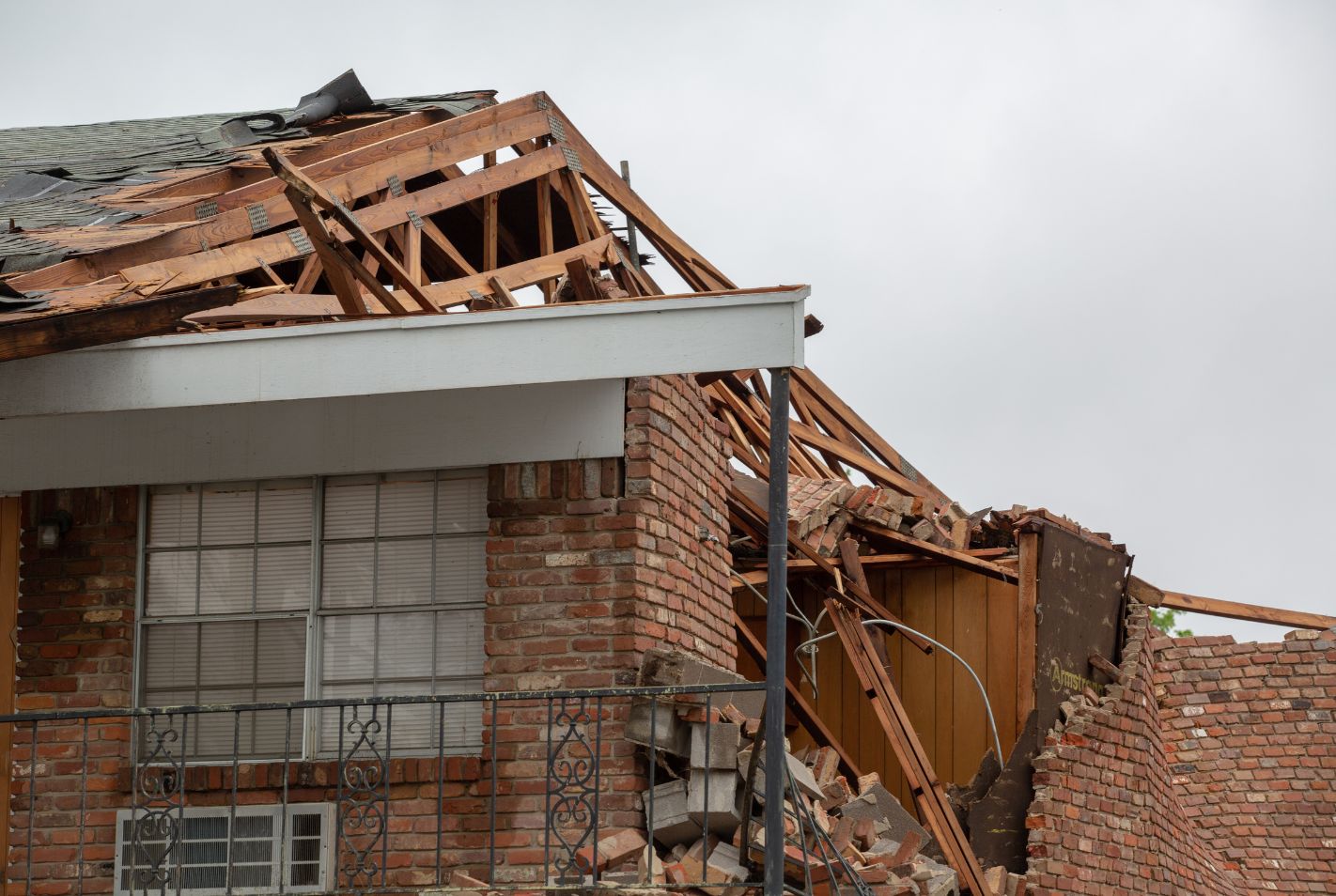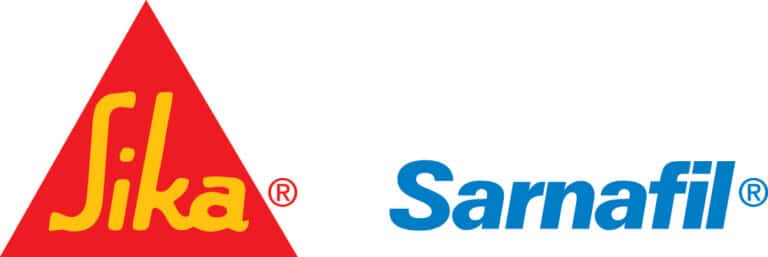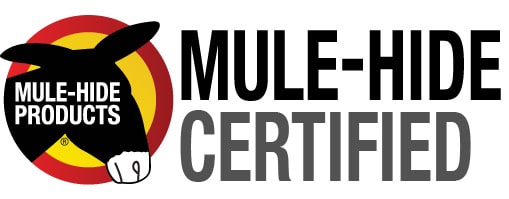Commercial Storm Damage Contractor
Get a quote
Let us know your requirements below and we’ll get back to you as soon as possible.
"*" indicates required fields
Sometimes Mother Nature can be downright mean. Are you dealing with the consequences of a storm?
RRS Enterprises LLC offers professional and reliable repair services after storms. We have experienced technicians that can assess the damage to your home or business and provide necessary solutions quickly so you can get back to normal life. Our team specializes in repairing broken windows, damaged siding, fallen trees, missing shingles, leaking roofs and much more.
Rely on us for expert assessment and repair services that will help restore your property to its pre-storm state without compromising on quality. All our materials are sourced from trusted vendors and combined with experienced labor leads to safe repairs.
Contact us now for a free assessment of your damages! We’ll make sure you get the best service possible when it comes to fixing up your home or business after a storm hits it hard.

Storm Damage FAQ
Filing an insurance claim for storm damage can be a complicated process, but it’s important to review your policy and file the claim as soon as possible. Here are some tips to help you through the process:
1. Review your insurance policy – Make sure that you understand what is covered in your policy and what conditions need to be met. Also, keep in mind that the insurance company may not cover all types of damage, so it’s important to know exactly what is covered and what isn’t.
2. Document the damage – Take pictures or videos of the damage for your records and for the insurance company to review. This will help you accurately file a claim and will ensure that you get the compensation you deserve.
3. Gather evidence – Collect any receipts, invoices, or other documents related to the damage as this will be important for filing your claim.
4. File your claim – Once you have all of the necessary information, contact your insurance company and file a claim. Be prepared to answer questions about the damage and have all of your paperwork ready.
5. Keep records – After you file a claim, stay organized and keep track of any communication with your insurance company. Make sure to note the date of each correspondence and document the outcome.
One of the best ways to prevent storm damage to your home is by preparing ahead of time. Make sure that all trees and bushes near your property are properly trimmed and maintained, as these can become dangerous projectiles during a storm. Inspect your roof regularly for any missing or damaged shingles, as these can create entry points for water when a storm hits. Make sure all windows and doors are securely shut and consider investing in storm shutters or hurricane-resistant glass for areas of your home that may be vulnerable to high winds. Clear debris from your gutters, downspouts, and drains to ensure they are functioning properly and that water can flow away from the foundation of your house. If you have a sump pump, make sure it is in good working order and regularly test it to ensure it is functioning correctly. Lastly, consider taking out an insurance policy that covers storm damage if you live in an area prone to hurricanes or other severe weather events. This will help you stay financially protected when the worst does occur.
1. Clear debris: After a storm, the first step is to clear away any debris that may have accumulated. This includes branches and leaves, as well as items such as shingles or siding that has been blown off your home.
2. Inspect for damage: Even if it looks like nothing was damaged, you should still carefully inspect your home for any signs of damage. Check the roof, walls, windows and doors to ensure they are all in good condition.
3. Repair any damages: If you notice anything that needs to be fixed, it’s important to address these issues as soon as possible before the damage gets worse. You should either repair the damage yourself if you are experienced and capable, or hire a professional to do the job.
4. Secure your home: Once all of the repairs have been made, it’s important to make sure that your home is secure from future storms. Check the roof for loose tiles and shingles, reinforce any weak spots in walls and windows, and make sure all doors are securely latched. Additionally, consider investing in a backup generator to ensure that your home is protected from power outages during storms.
5. Monitor the weather: It’s important to stay up to date on any upcoming storms so you can prepare accordingly. Keep an eye on local news reports and sign up for weather alerts to stay informed. Additionally, make sure your emergency kit is stocked with flashlights and batteries, food, water, and other important supplies.
6. Document any damage: If you experience another storm while still recovering from the first one, be sure to document any new damage so that you can claim it in an insurance claim. Have a digital camera or smartphone handy to take pictures of the damage, and make sure to keep copies of any paperwork related to insurance claims.
The most common types of storm damage include wind damage, hail damage, flooding and water damage, lightning damage, and a tornado or hurricane damage. Wind damage can cause property destruction from flying debris as well as roof and siding damage from high-speed winds. Hailstone impacts can crack or dent windshields, skylights, roofs, siding, and other surfaces. Flooding and water damage are caused by heavy rainfall or a surge of water from a nearby river. Lightning can cause fires, power outages, and other electrical damages. A tornado or hurricane can bring intense winds that result in major structural damage to buildings and homes.
If your home sustains storm damage, the first step is to document the damage. This includes taking pictures and videos of any damage to your home’s structure, furniture, appliances, etc. If you have made a list of items that are affected by the storm, update this list with pictures or videos.
Once the damage has been documented, contact your insurance company. The insurance company will likely send an adjuster to assess and evaluate the damage. Be sure to provide your adjuster with all of the documentation you have collected regarding the storm damage.
Once the extent of the damage is assessed, it’s time to take action. Depending on the severity of the damage, you may need to contact a contractor or remodeling company to help repair the damage. If there is water damage, it’s important to contact a professional who specializes in water damage restoration and flooding cleanup services. Be sure to get multiple quotes from reputable companies before selecting one.
Finally, document all of your repairs with photographs and keep all repair receipts. Once the repairs are completed, submit them to your insurance company for reimbursement. Your adjuster will review the documentation and issue a check for any approved expenses.






